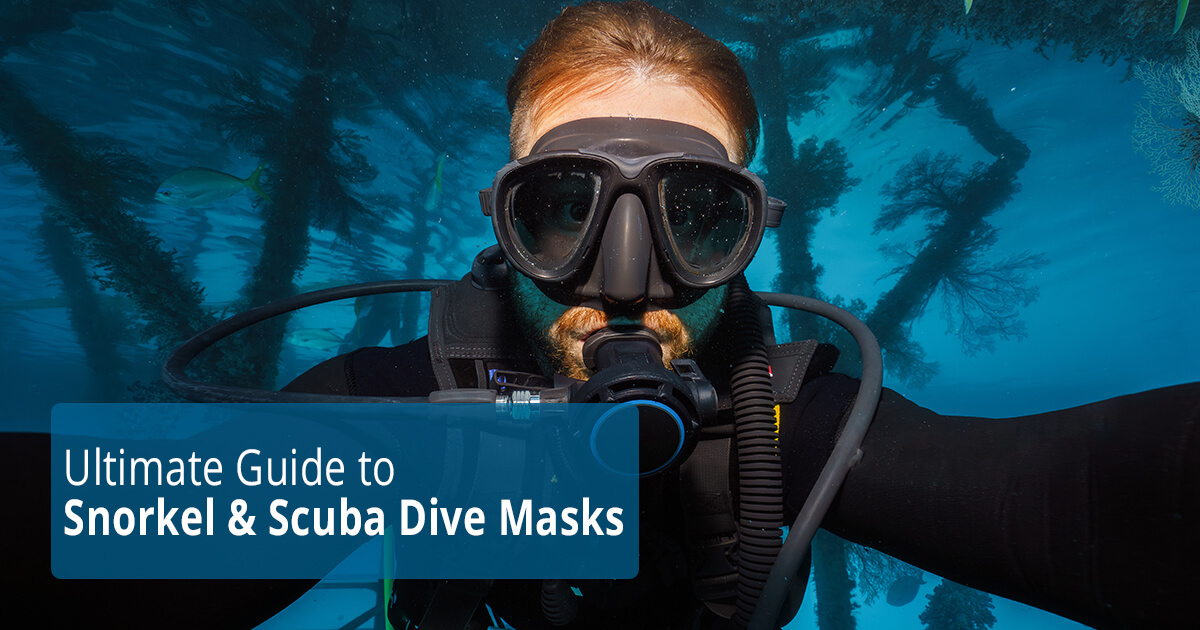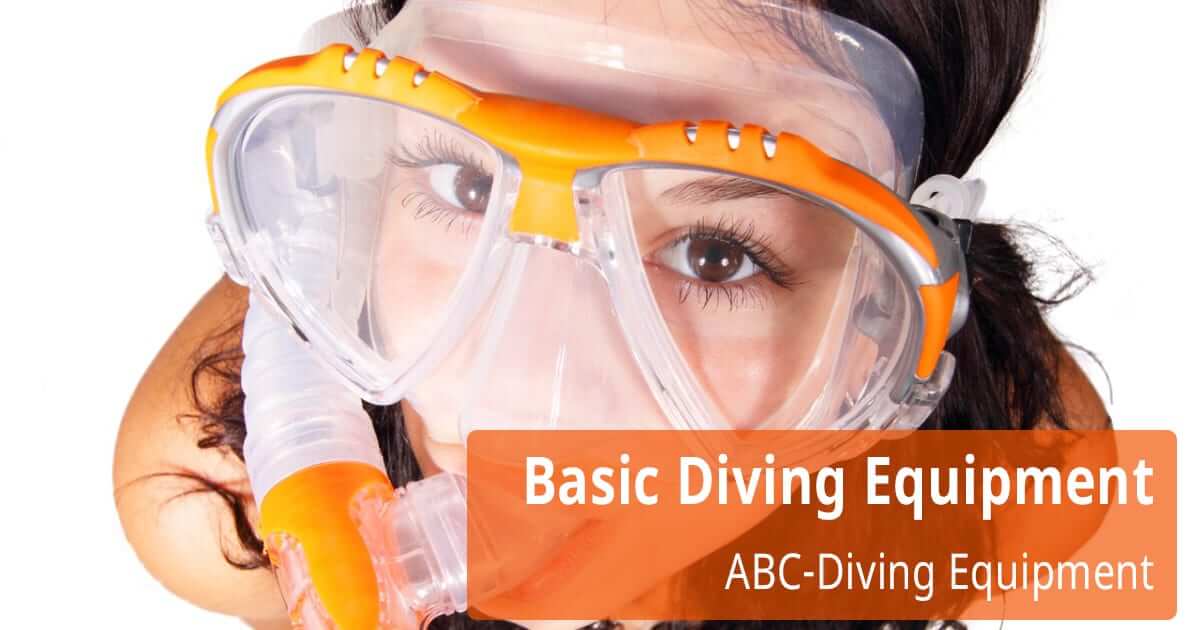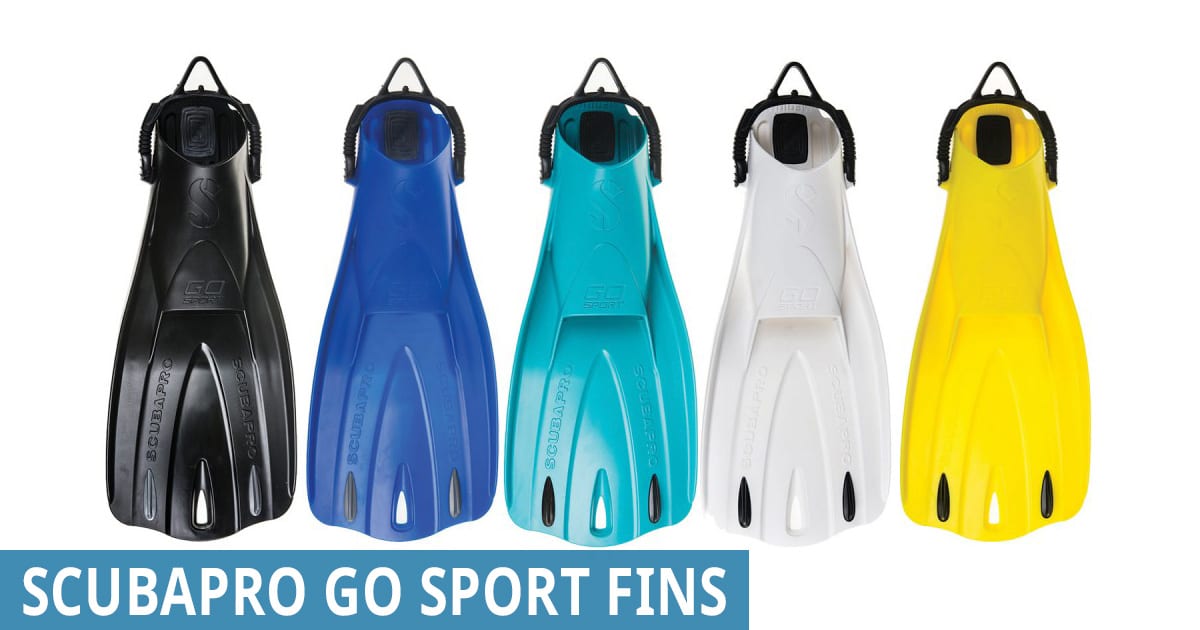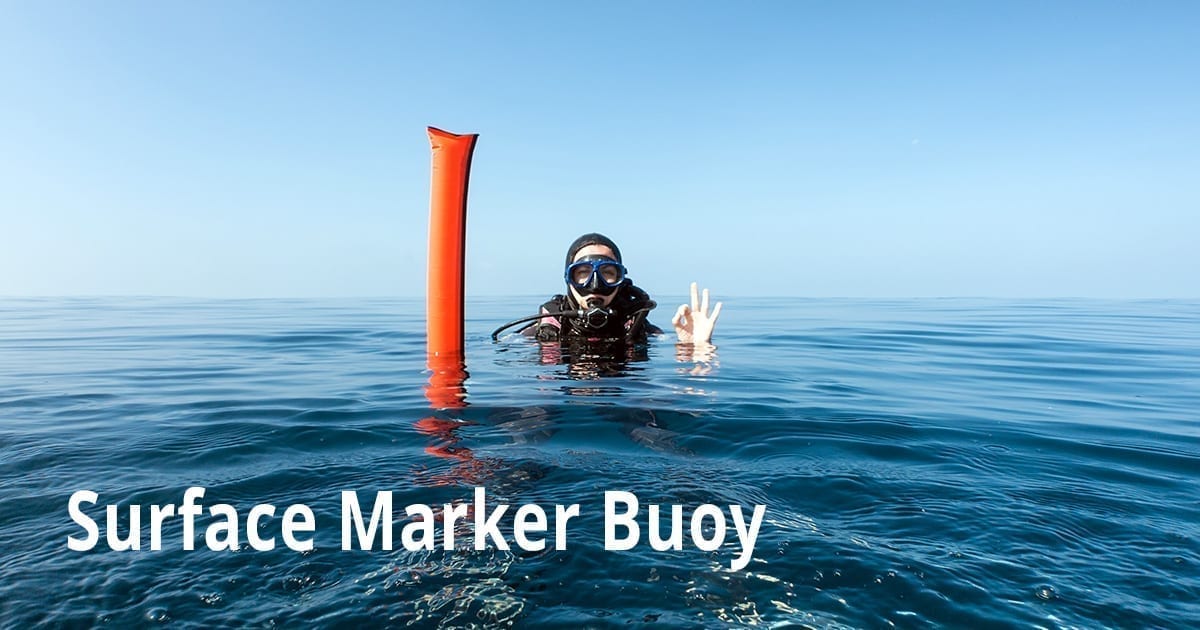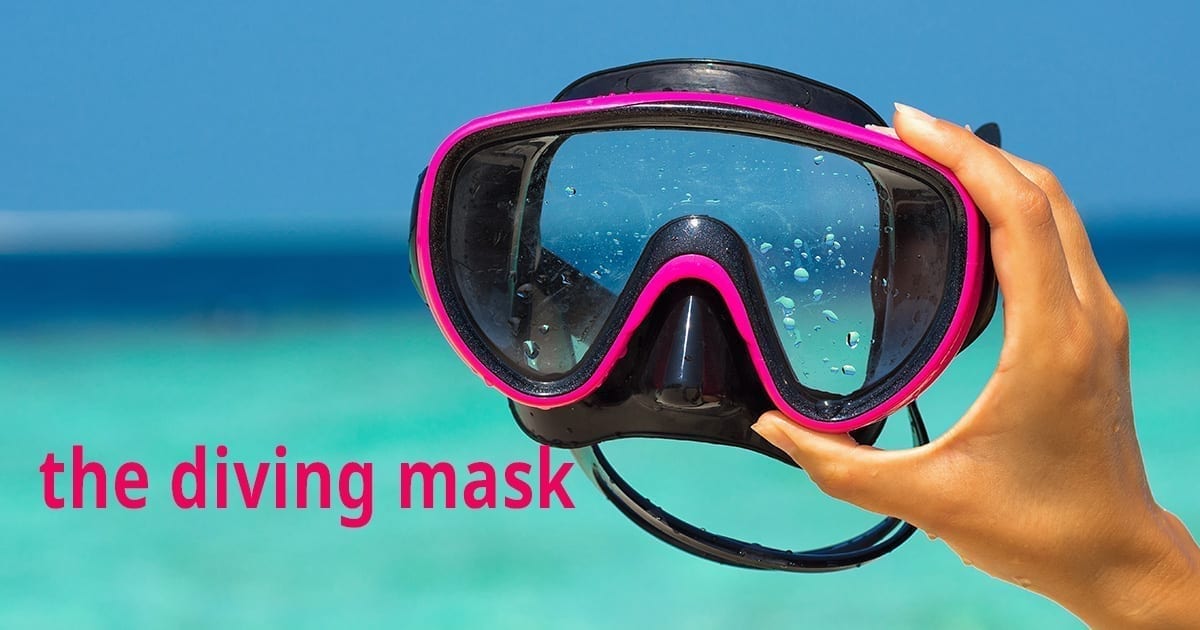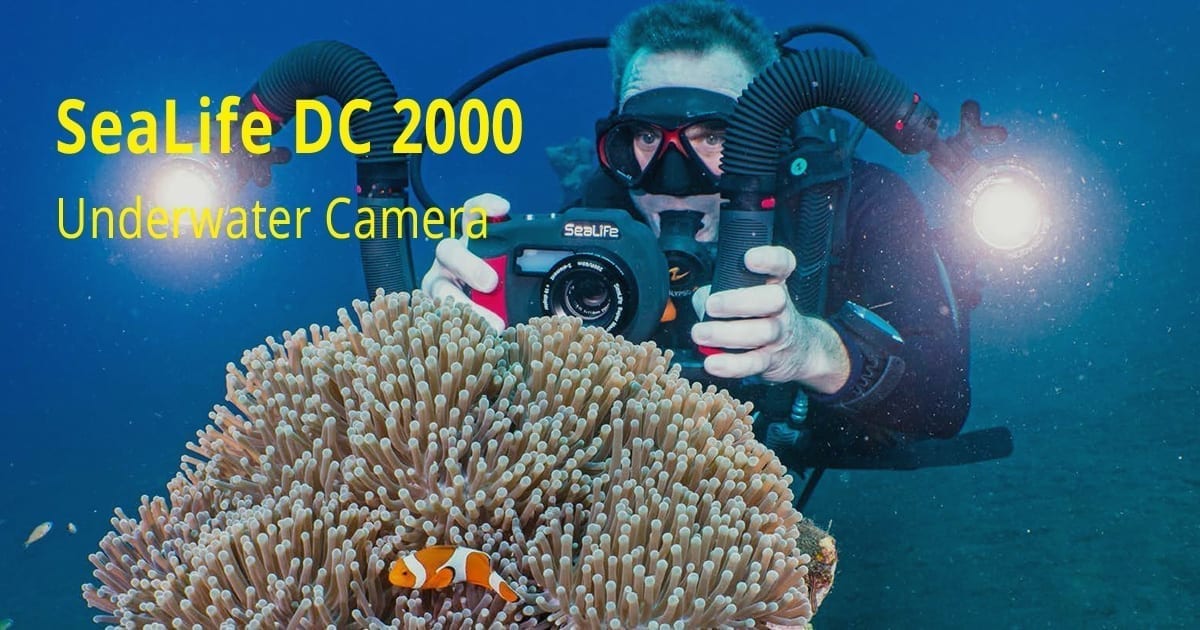When it comes to underwater exploration, the right equipment can make all the difference. Whether you’re a casual snorkeler or a dedicated scuba diver, the mask you choose is pivotal for ensuring a clear view of the underwater world. In this guide, we will explore the different types of masks available, their features, and how to select the perfect mask for your aquatic adventures.
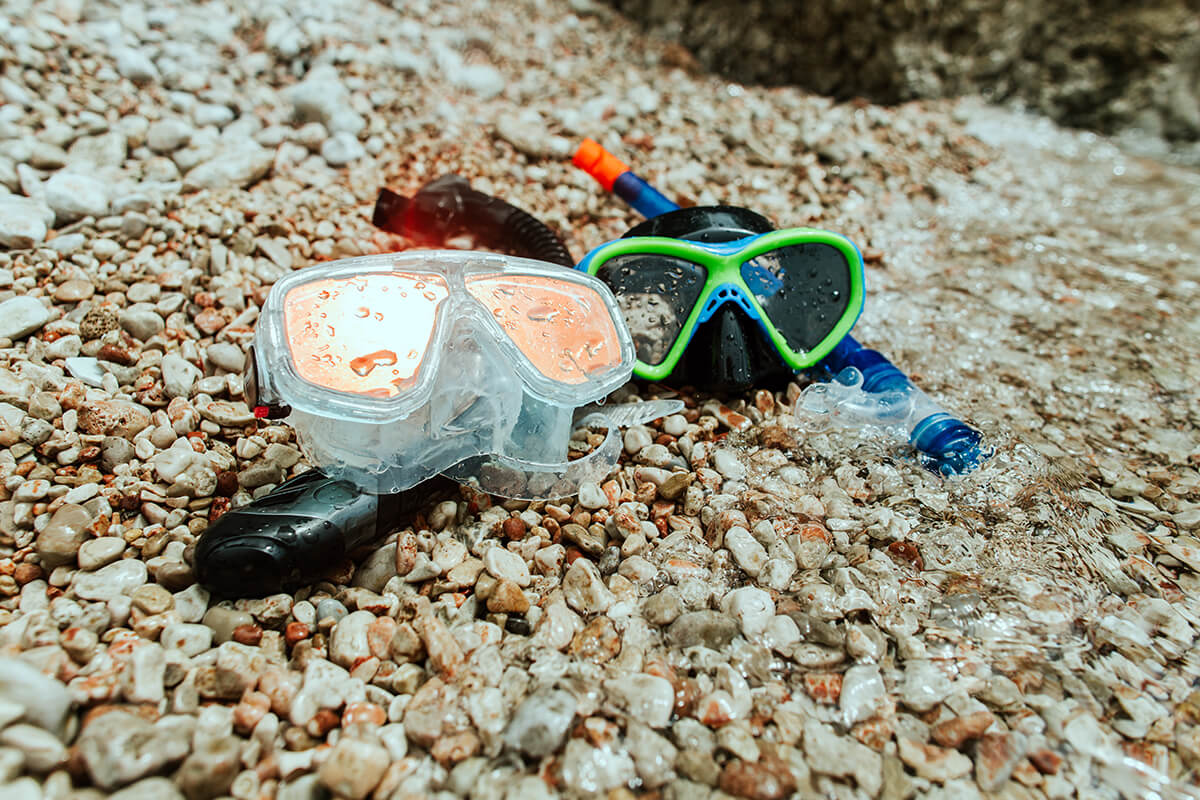
1. Understanding Mask Types
- Snorkeling Masks: These masks are designed for surface swimming. They typically have a large, single lens that offers a wide field of view. Snorkeling masks are lighter and have a softer seal compared to scuba diving masks, which makes them comfortable for extended periods of use on the surface.
- Scuba Diving Masks: Scuba masks are built to withstand higher pressure environments. They often feature two smaller lenses and a more robust frame to handle the increased pressure at depth. Many scuba masks also include a nose pocket, allowing divers to equalize their ears more easily as they descend.
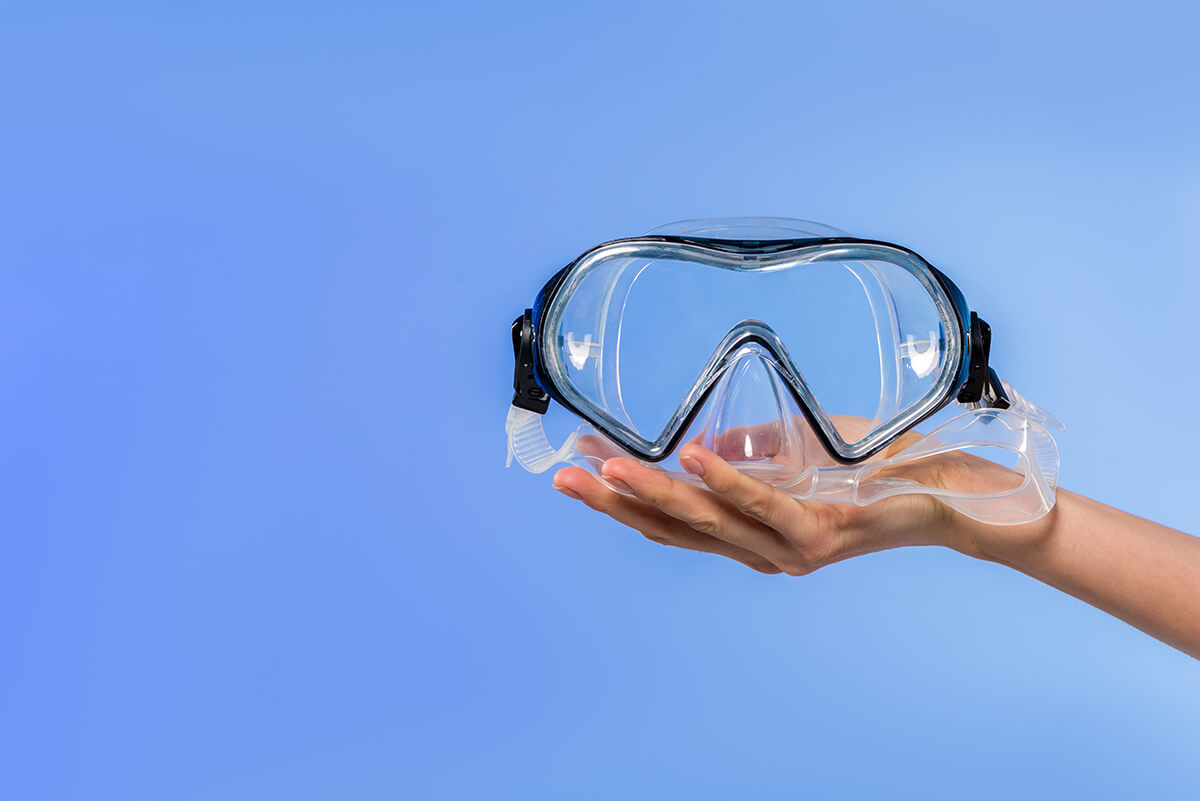
2. Key Features to Consider
- Vision Clarity: Look for a mask with high-quality, tempered glass lenses. Tempered glass is more scratch-resistant and less likely to fog up than plastic lenses.
- Fit and Comfort: The seal of the mask is crucial. A well-fitting mask will prevent water from leaking in. Most masks have silicone skirts that provide a tight seal against your face. Ensure the mask feels comfortable without being too tight, and pay attention to the nose area—it shouldn’t press uncomfortably against your face.
- Volume: Masks come in low and high volume. Low-volume masks are closer to your face, which provides a wider field of view and makes them easier to clear and equalize. High-volume masks can feel less claustrophobic but may be harder to clear and equalize.
- Adjustability: Adjustable straps are a must. A good strap system can be easily adjusted for a snug fit and will stay in place even when you move around or encounter strong currents.
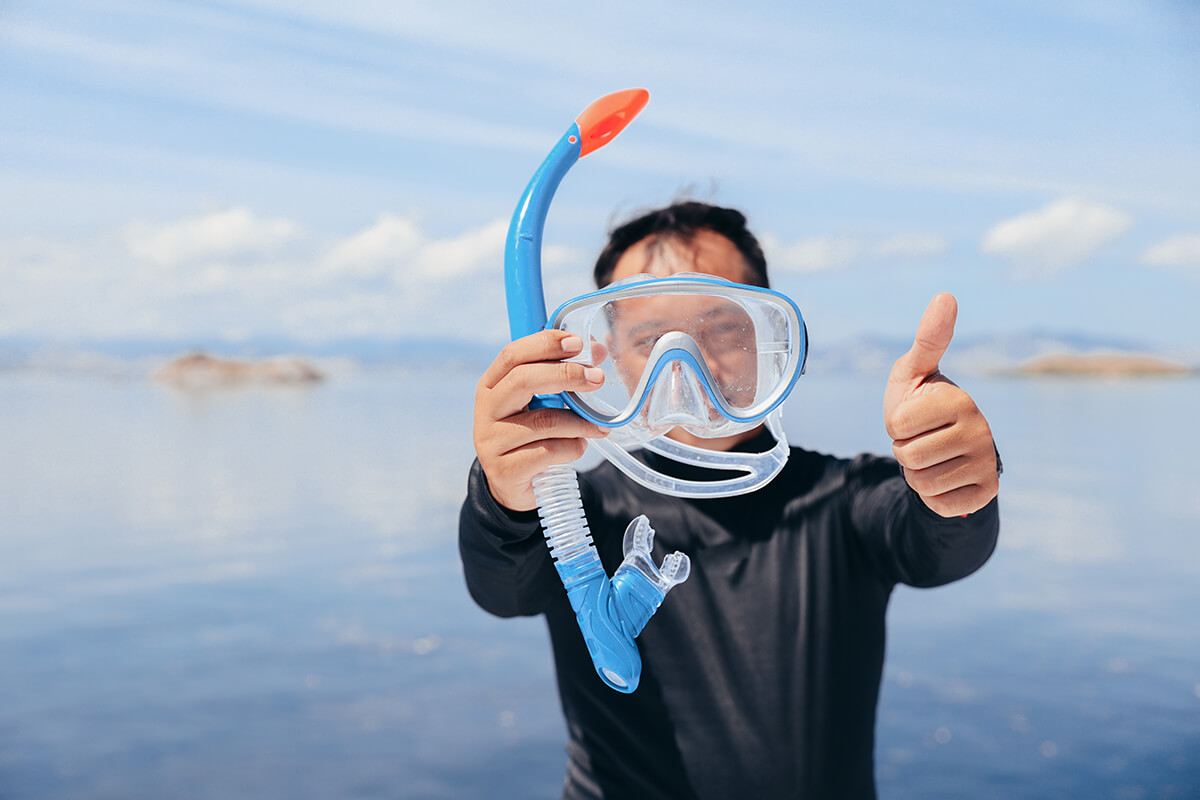
3. Specialized Masks
- Prescription Masks: For those with vision impairments, prescription masks are available that can be fitted with corrective lenses. Consult with a dive shop to customize a mask that matches your vision needs.
- Full-face Masks: Offering integrated breathing systems, full-face masks are a good option for those who want a more natural breathing experience underwater. They cover your entire face, which can help prevent issues with jaw fatigue from biting on a snorkel or regulator.
- Camera Mount Masks: Some masks come with built-in mounts for action cameras, perfect for those who want to capture their underwater experiences without having to hold a camera.
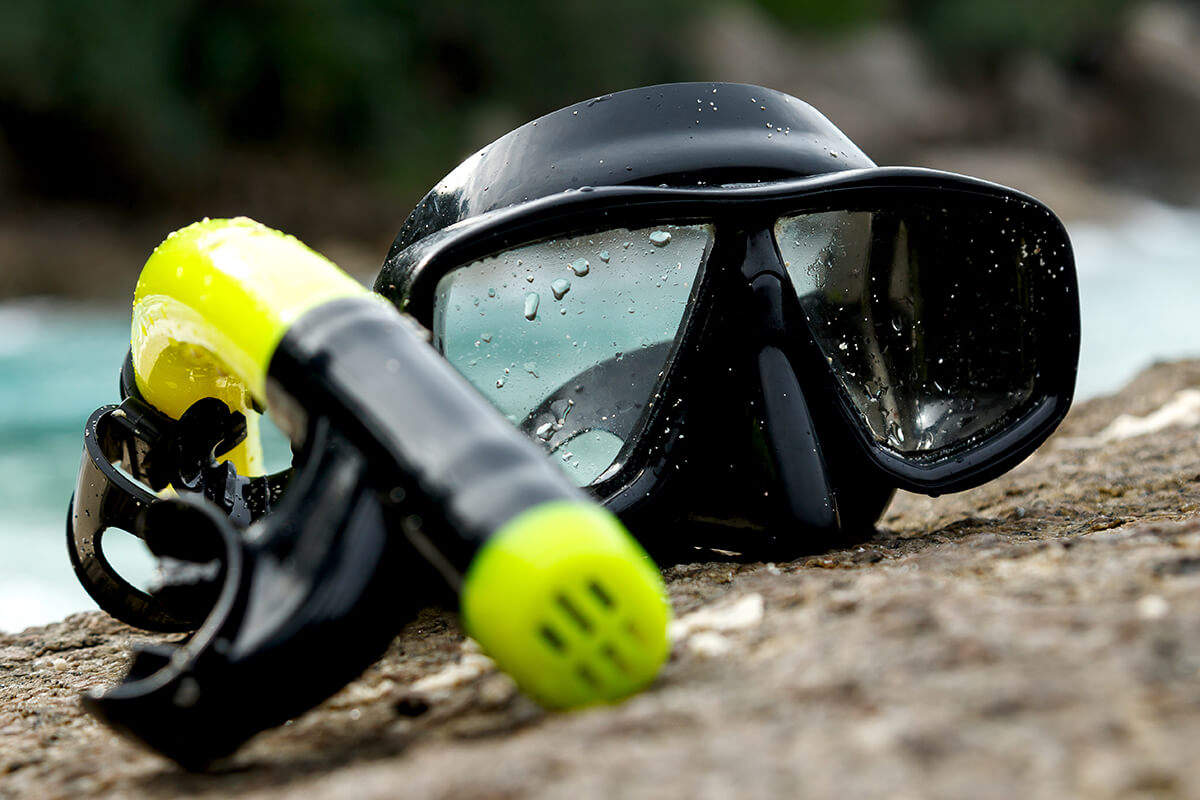
4. Maintenance Tips
- Cleaning: Rinse your mask with fresh water after each use to remove salt, chlorine, and other residues. Let it air dry away from direct sunlight.
- Storage: Store your mask in a cool, dry place away from direct sunlight. Use a protective case to prevent scratches on the lenses.
- Anti-Fog Treatment: Before diving or snorkeling, apply an anti-fog treatment to the inside of the lenses. This will help keep your vision clear throughout your adventure.
5. Trying Before Buying
It’s always best to try on several masks before making a purchase. Visit a local dive shop where you can test different models. Ensure that the mask forms a good seal on your face without any gaps. Remember, a mask that fits well is crucial for an enjoyable underwater experience.
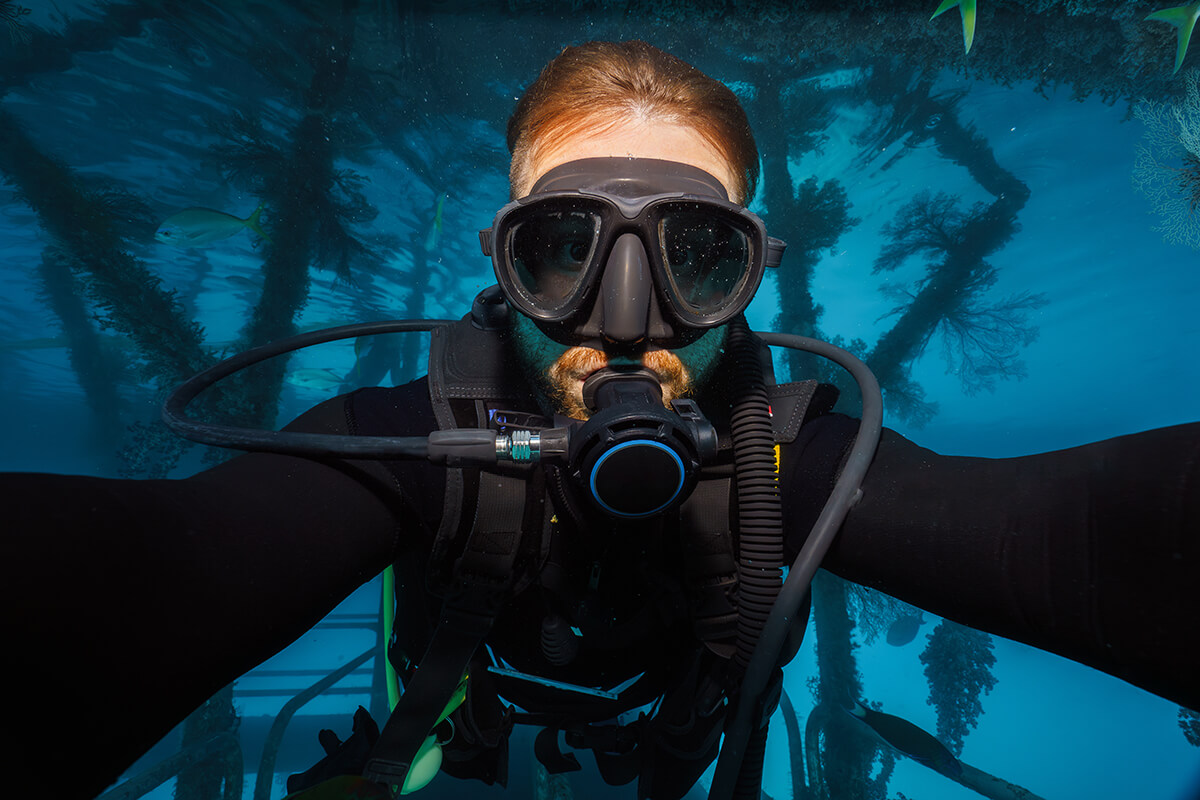
Conclusion
The right snorkeling or scuba diving mask can enhance your underwater adventure, providing clear vision and comfort. By understanding the different types of masks and their features, you can make an informed choice that suits your needs and preferences. Dive in with the right mask, and the beauty of the ocean will unfold before your eyes!




